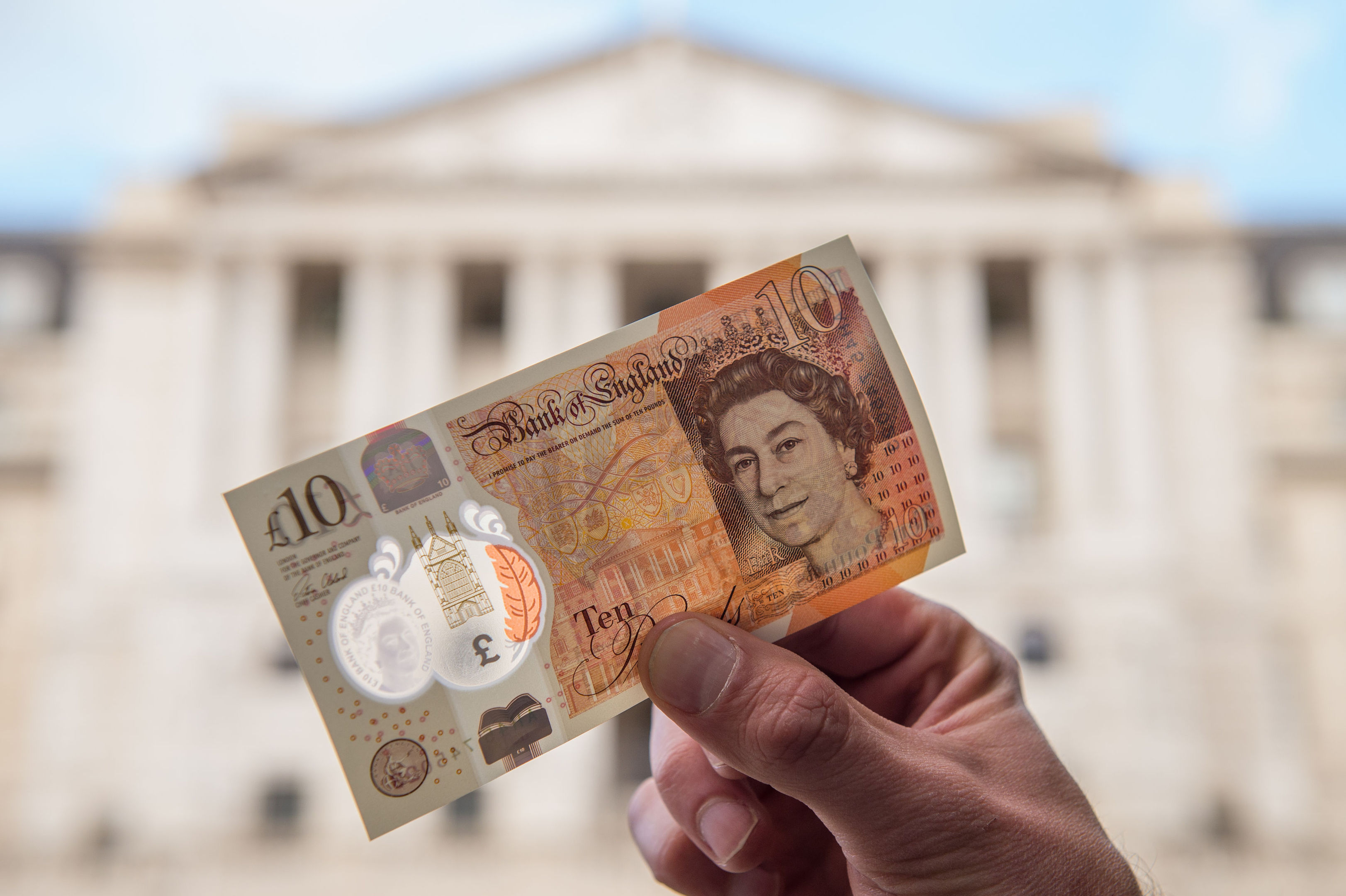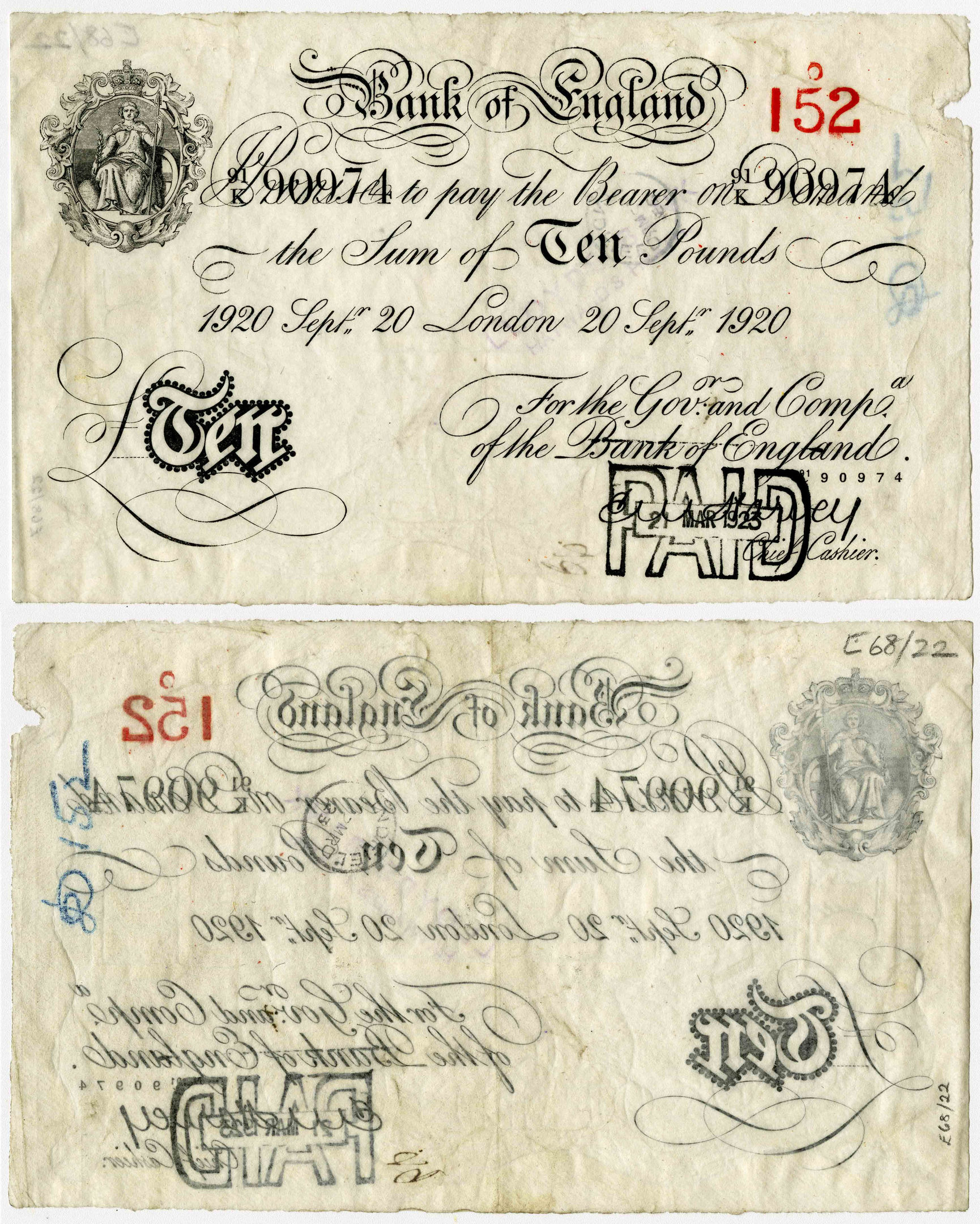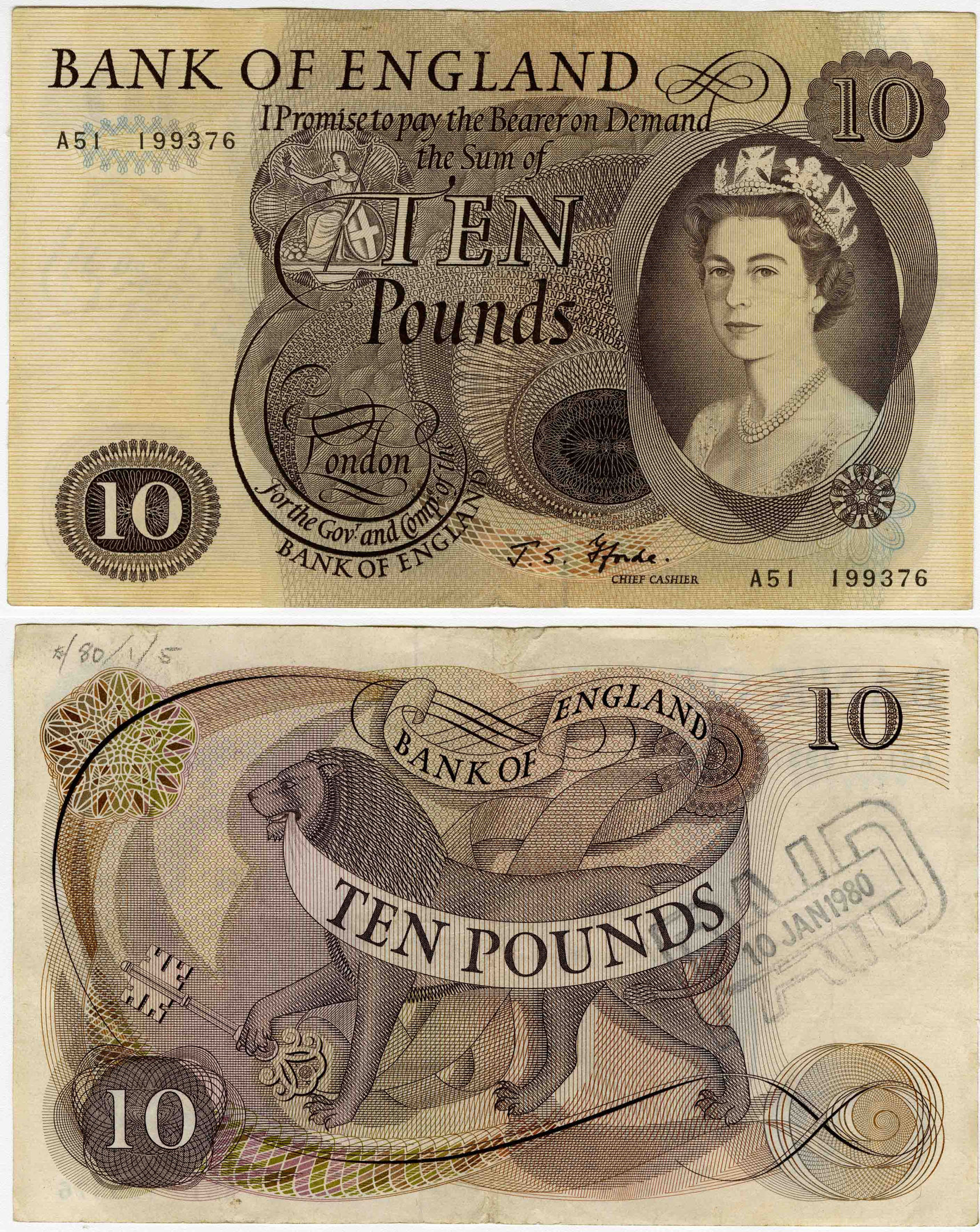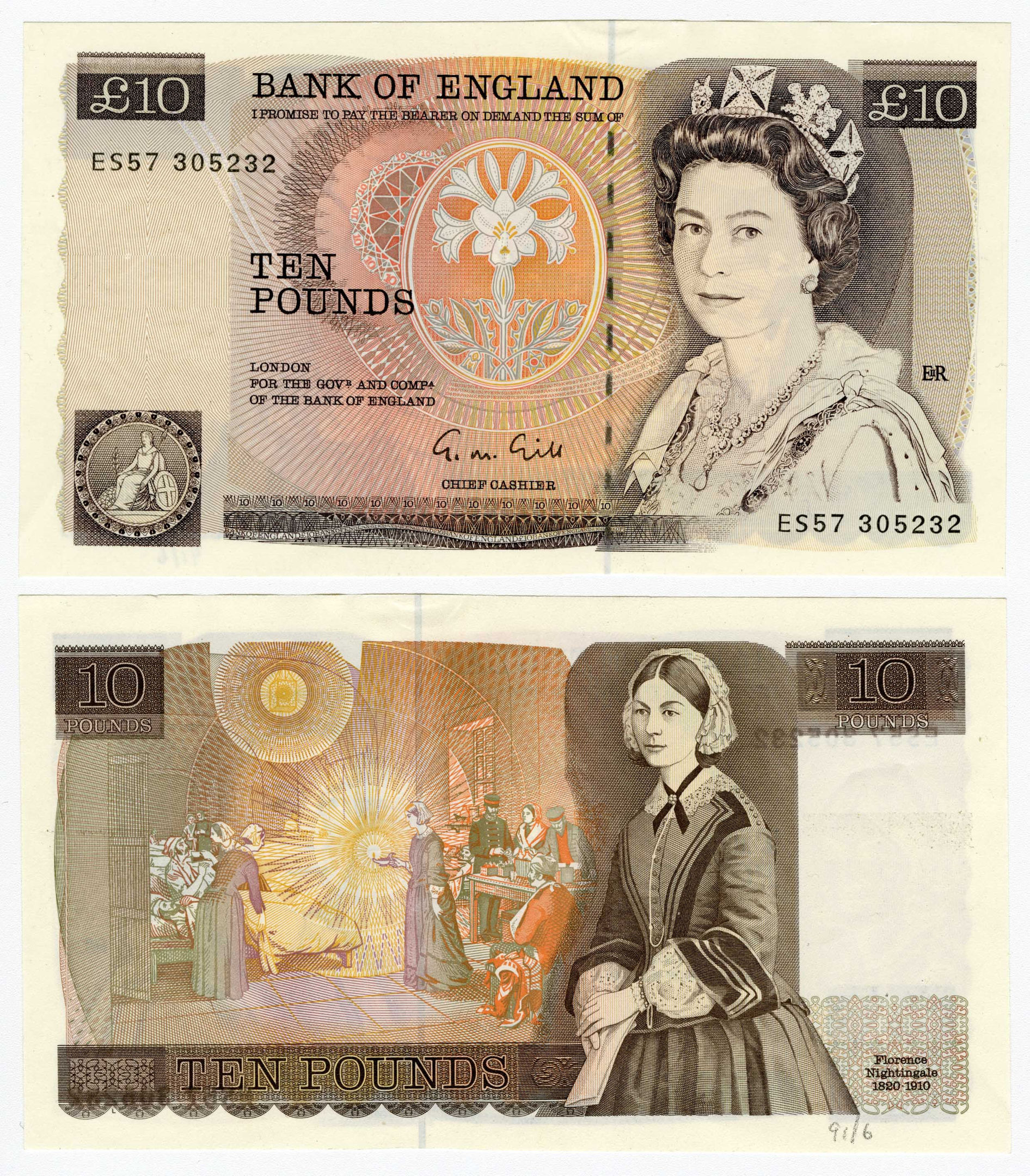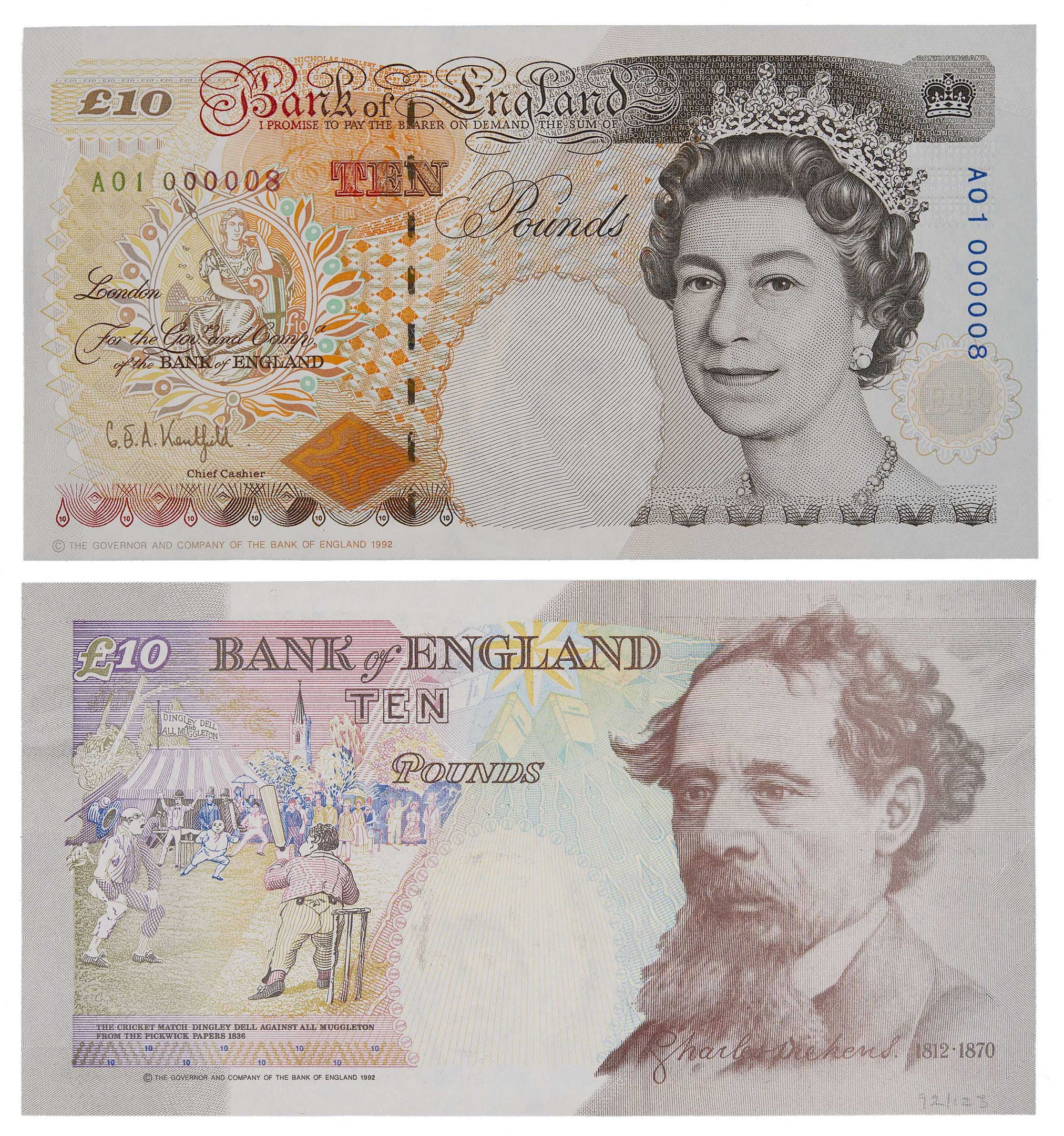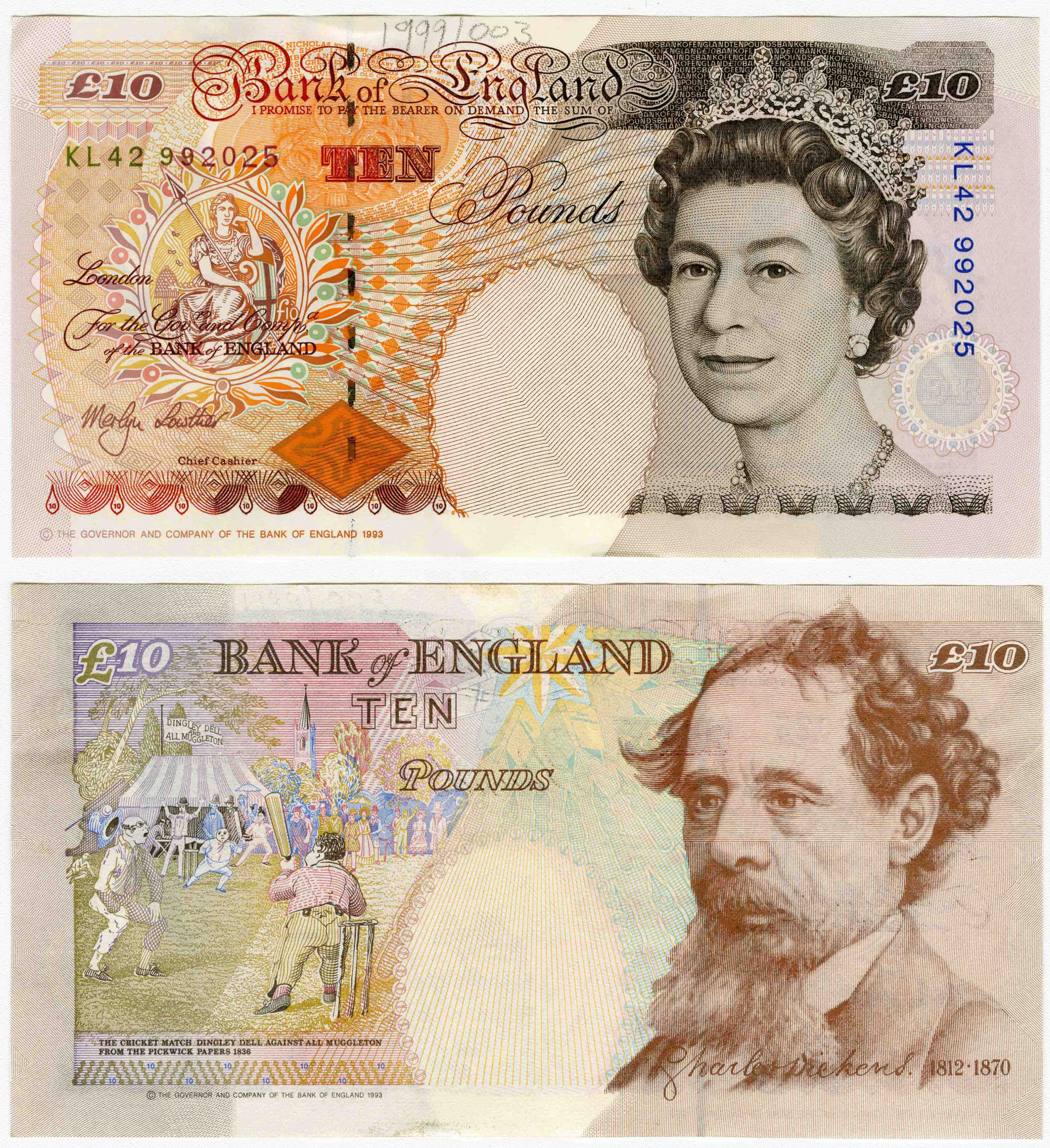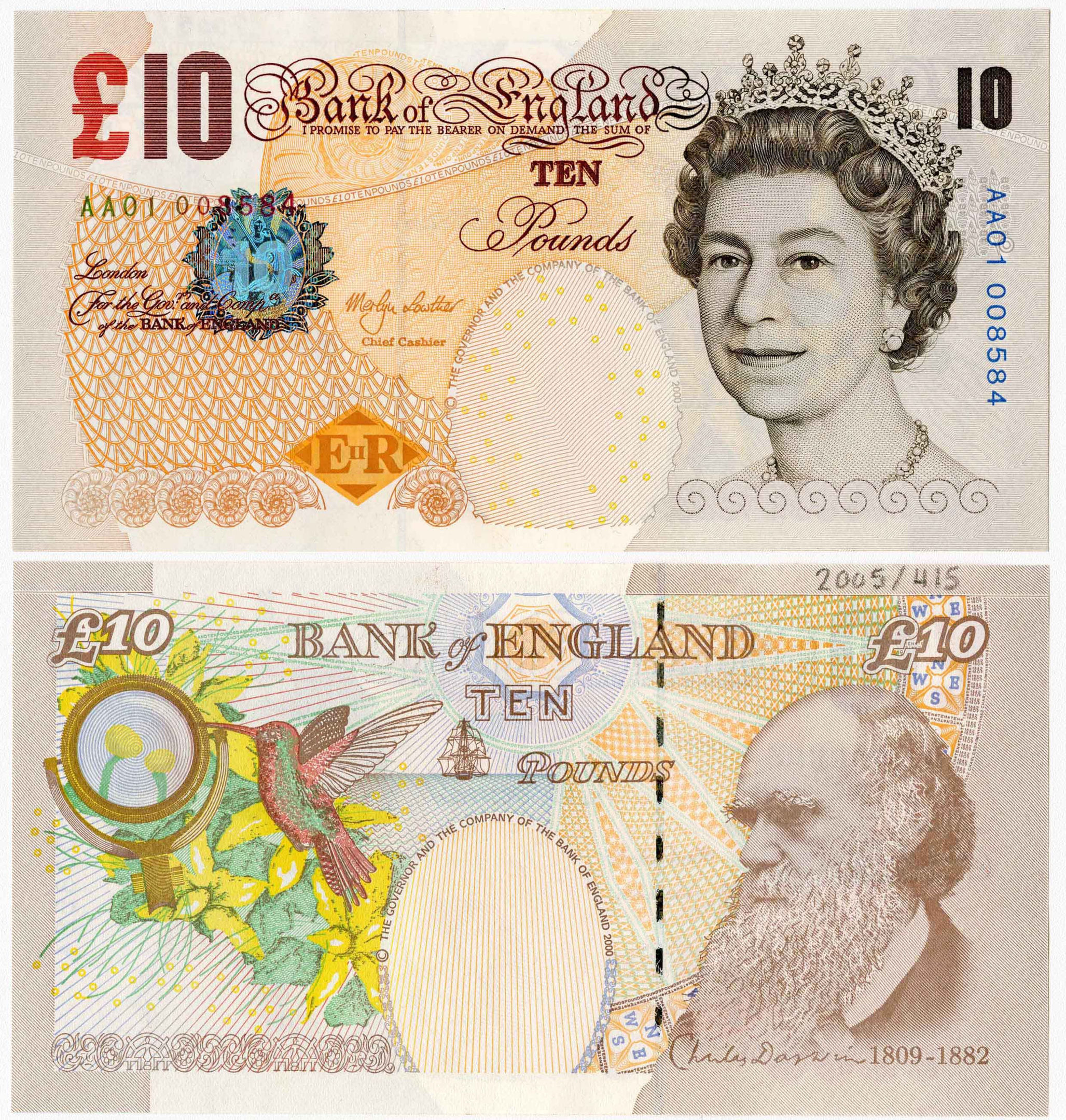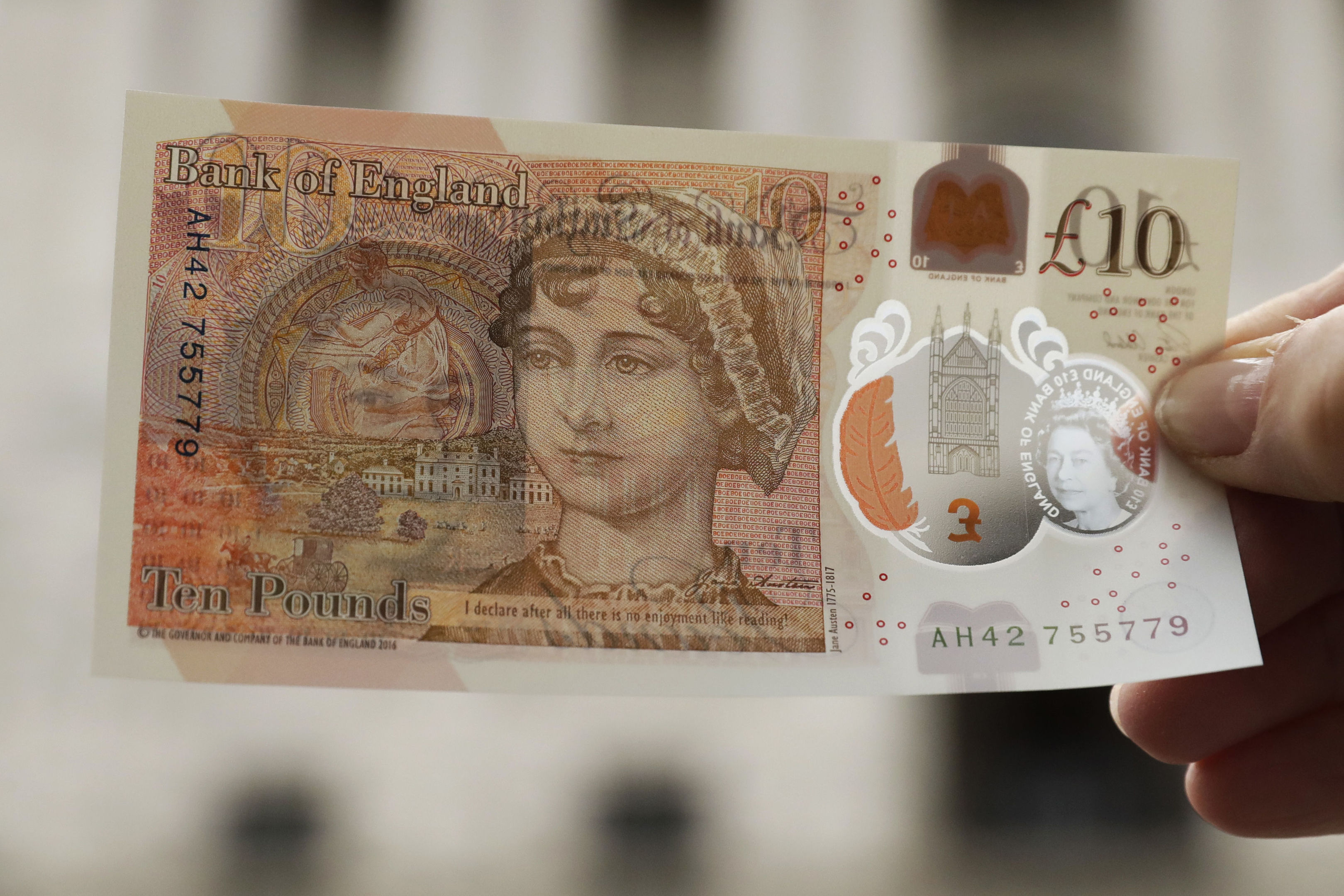
THE new Bank of England £10 note has been released into circulation.
The plastic notes, featuring novelist Jane Austen, will start appearing in people’s pockets in the coming weeks after one billion were printed.
Here are some facts about the new tenner…
Polymer
Like the £5 note already in circulation featuring Sir Winston Churchill, the new £10 banknote featuring Pride And Prejudice author Austen is made from polymer.
They’re expected to last around two-and-a-half times longer than the paper versions.
Discontinuing the paper version
The existing paper notes, featuring Charles Darwin, are still legal tender until spring 2018. They’ll be phased out until then, but can still be spent.
The exact date will be announced at least three months in advance.
A new £20 note featuring artist JMW Turner will follow in 2020.
Helping the blind and partially sighted
It is the first Bank of England note that contains a tactile feature to assist blind and partially-sighted users.
Developed with the help of the RNIB, the new tenner has raised dots in the top left-hand corner.
Wendy Rankin, director of mobility services at the charity Guide Dogs, said: “We think it’s great that the Bank of England has included a tactile feature on the new polymer £10 note, so people with sight loss can carry on using cash with confidence.”
She said that guide dog owners who attended the new note’s unveiling earlier in 2017 found that the tactile feature makes it easy for them to continue managing their own money.
Jane Austen
This year marks the 200th anniversary of Austen’s death.
Born on December 16 1775, in Steventon, Hampshire, Austen started to write short, comic stories in childhood, and her first works were published anonymously.
While her work gave her little personal fame during her lifetime, Austen’s novels started appearing on university reading lists around the start of the 20th century, with many films later exploring the themes of her writing.
Austen died on July 18 1817.
Victoria Cleland, the Bank’s chief cashier, said: “It is wonderful to see the inspirational author Jane Austen celebrated on the new £10, and even more poignant being launched during the 200th anniversary of her death.
“I am grateful to the cash industry for their support in bringing the cleaner, safer, stronger notes to the public.”
Campaign
Austen’s inclusion on the note is the result of lobbying from feminist campaigner Caroline Criado-Perez.
She threatened to take the Bank to court over discrimination when the withdrawal of the Elizabeth Frey fiver left The Queen as the only woman on UK banknotes.
After a petition and social media campaign, the bank opted for Austen.
Criado-Perez said she’d be donating her first Austen tenner to a local women’s shelter, having received death and rape threats and disgusting abuse online throughout her campaign.
She told The Guardian: “This represents so much more than a banknote: the Bank of England changed their entire selection procedure to make sure an all-male line-up would never happen again. That was the real fight and that’s what I’m most proud of achieving.”
Animal fat
The transition to polymer has sparked controversy after the Bank confirmed that an “extremely small amount” of tallow, or animal fat, was used to produce polymer pellets, which were part of the production process for creating the notes.
In August, following a public consultation, the Bank said that after “careful and serious consideration”, there would be no change to the composition of polymer used for future banknotes.
It said the only viable alternative was palm oil, but this raised questions about environmental sustainability and value for money.
How the note has changed over the years
According to calculations from Fidelity International, with the eroding effects of inflation, £10 left in a piggy bank since the start of the 2000s would have had nearly a third of its value wiped away. In today’s money, it would be worth only £7.08.
Here’s a look back at the notes predecessors.

Enjoy the convenience of having The Sunday Post delivered as a digital ePaper straight to your smartphone, tablet or computer.
Subscribe for only £5.49 a month and enjoy all the benefits of the printed paper as a digital replica.
Subscribe